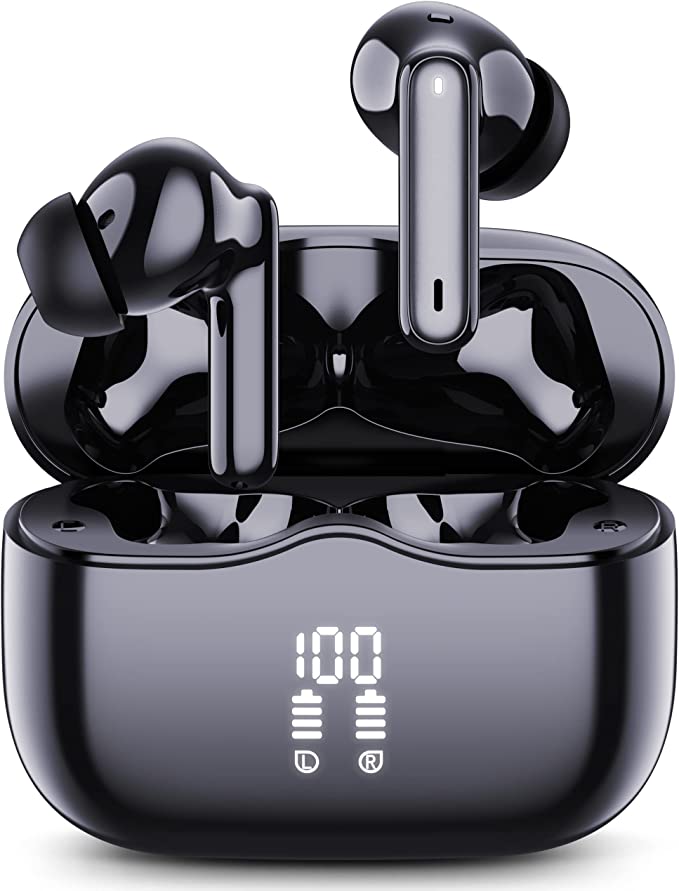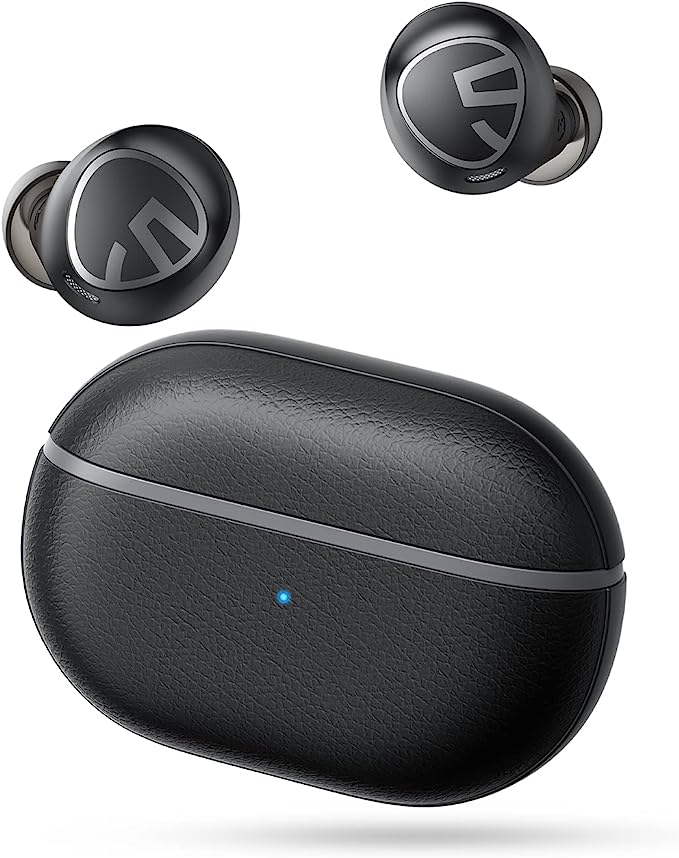KOBRA WASTEE: The Stylish Solution for Sustainable Waste Management
Update on July 27, 2025, 11:42 a.m.
In the silent, often-overlooked corners of our homes and workplaces, a daily struggle for order unfolds. It’s the realm of the utilitarian object, where function so often trumps form, leaving a landscape of mismatched, disjointed tools for living. Nowhere is this truer than in our attempts to manage waste. Recycling, an act of civic and environmental virtue, is frequently undermined by the very containers designed to facilitate it—a chaotic jumble that adds a small but persistent friction to our good intentions. Yet, what if an object designed for this task did more than just hold things? What if it presented an argument? The KOBRA WASTEE, a 60-litre bin from Italy, is one such object. It is less a mere container and more a considered system, a quiet manifesto on how science and design can elevate a mundane chore into a thoughtful, seamless act.

The Physics of Order: A Magnetic Alliance
At first glance, the WASTEE’s most innovative feature is its most subtle: magnets. Tucked discreetly into the cylindrical shell are powerful permanent magnets. This isn’t the fleeting grip of an electromagnet; it is the constant, reliable force of ferromagnetism, a fundamental principle of physics where a material’s internal domains are aligned to create a persistent magnetic field. This requires no power, no switch, no user manual. It simply is.
When two or more KOBRA WASTEE bins are brought together, they perform a quiet choreography. They don’t just sit next to each other; they snap into a perfect, unified line. This magnetic embrace is the physical basis for a profound design idea: modularity. It transforms a collection of individual units into a single, cohesive, and stable recycling station. This allows the system to adapt to its environment, expanding or contracting to meet the needs of the space without sacrificing its visual integrity. The magnetic force acts as an invisible architecture, imposing a gentle yet firm order and turning a potentially cluttered corner into a zone of structured purpose. It is a simple application of physics to fight the entropy of daily life.

The Language of Action: A Non-Verbal Dialect
The KOBRA WASTEE system is offered in a palette of distinct, assertive colors: Traffic Blue, Signal Yellow, Traffic Red. These are not arbitrary aesthetic choices. They are a fluent expression of behavioral science. Each color corresponds to an internationally recognized standard for a specific waste stream—blue for paper, for instance. This is a classic example of what behavioral scientists Richard Thaler and Cass Sunstein call a “nudge”—a feature of the choice architecture that alters people’s behavior in a predictable way without forbidding any options.
By employing color as a primary identifier, the design speaks a non-verbal dialect that our brains process far more quickly than written words. Faced with a piece of cardboard, the user doesn’t need to pause, read, and decide; they are intuitively guided toward the blue bin. This cognitive shortcut dramatically reduces “decision fatigue,” that feeling of mental exhaustion from making a long sequence of small choices. The WASTEE’s color system makes the correct choice the path of least resistance. It doesn’t command you to recycle correctly; it makes doing so feel effortless, natural, and instinctive. In this way, design becomes a silent educator, fostering better, more sustainable habits through elegant simplicity rather than stern instruction.

The Weight of Permanence: The Soul of the Material
A product’s character is revealed not just in its clever features, but in its physical substance. The KOBRA WASTEE weighs a significant 7 kilograms (over 15 pounds). In a world that often prizes lightness and disposability, this heft is a deliberate statement. It gives the bin an anchor of permanence, a stability that resists the casual bumps and shoves of a busy environment. This weight is a direct result of its construction from “particularly robust materials,” a hallmark of its “100% Made in Italy” origin.

This tag is more than a geographic marker; it is a connection to a rich legacy of industrial design. Post-war Italian designers became masters of transforming industrial materials, particularly plastics, into objects of “Bel Disegno” (beautiful design), imbued with both functional brilliance and aesthetic soul. The KOBRA WASTEE follows in this tradition. Its substantial build and clean, glossy finish are not just for durability but for conveying a sense of value and longevity. It is an object designed to be kept, used, and even admired over many years. This inherent solidity stands in quiet opposition to throwaway culture, suggesting that even a tool for managing waste should itself not be wasteful.
In the end, the KOBRA WASTEE is more than just a well-made bin. It is a compelling idea brought to life. It demonstrates that the thoughtful application of physics can create order, that the language of psychology can guide us toward better behaviors, and that a deep respect for material can give an everyday object a lasting presence. It challenges us to look again at the overlooked items that furnish our lives and to ask for more—not more complexity, but more intelligence. It proves that within the humble act of sorting our trash, there can be a place for elegance, order, and a quiet touch of genius.



















